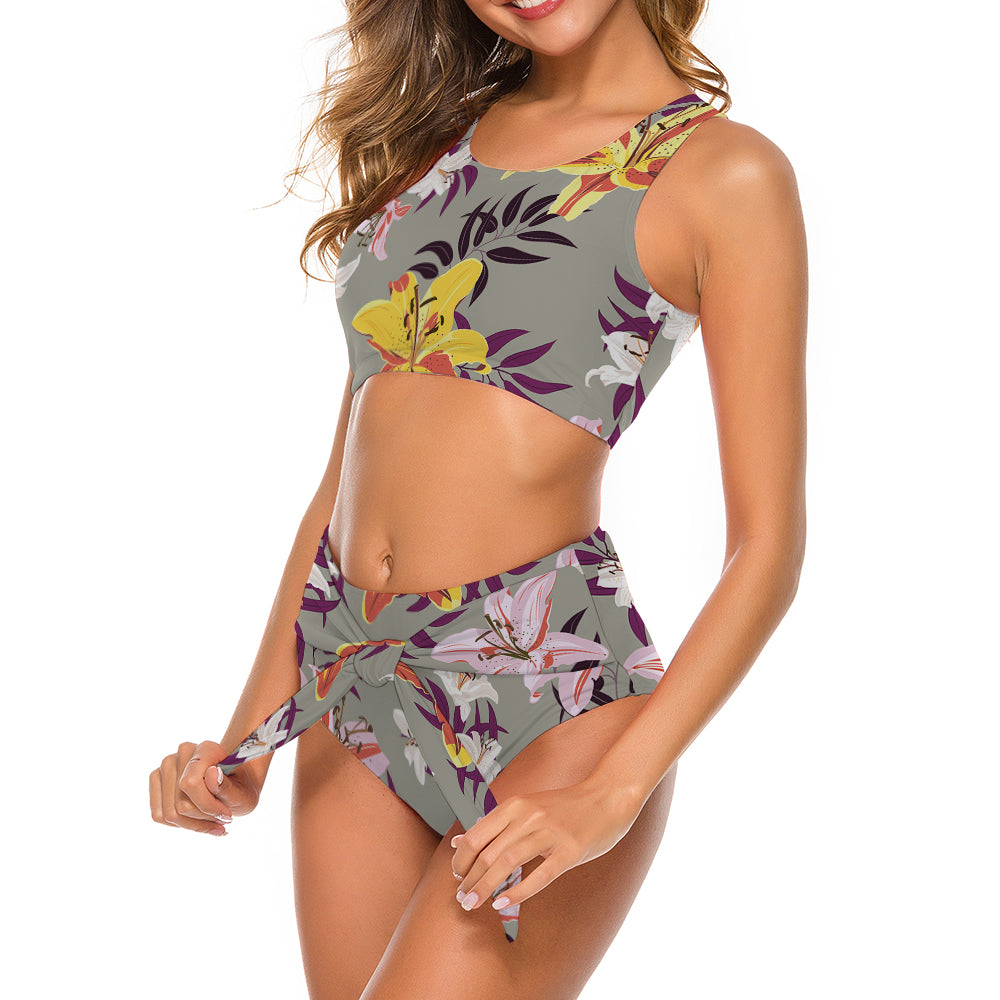It's hot outside, and people are ditching their clothes. But if you're not used to being topless on the beach just yet, don't worry: you can still look great for summer with a custom made bikini top. This article posted by personalized backpacks for kids will give tips on which suit is best for your body shape, and what to do when you get it home. It will also discuss how various fabrics feel against permeable skin and offer help with size! We'll explore all the necessary aspects of buying a wholesale custom mens swimwear from finding trends to finding brands that fit you best.
Body Types
First, let's talk about body types. Swimsuits are different for different builds. A very skinny girl with a flat chest and belly will have swimsuits that are very different from a girl who is overweight with plenty of boobage and thick thighs. Ladies and gentlemen, we must be realistic about how our bodies look and what they are capable of doing! The following section will describe the five main body types you can follow to find the right swimsuit for yourself.
Hourglass: The classic "pretty" body shape. Rectangular and curvy, from the bust to the hips to the thighs. Hourglass figures generally have a small waist and some perkiness in the bust—but not much. The bodies you see most often on magazine covers are hourglass bodies, partly for this reason. Bust size is not important in this body type; it's all about those hips! If you don't like having your stomach hang out, find a suit that is high-waisted and tight around your midsection—you can have fun with the rest! Pear: Similar to an hourglass but without as much of a waist.
If you're pear-shaped, your focus should be on the top of your body: you want a suit that will shape and accentuate those perky breasts of yours! You can also show off your thighs if you want to. Avoid high-waisted suits that will draw attention to your tummy. Triangle: Shaped like the classic triangle. Large bust, small waist, and straightish legs.
There's a lot of information out there on what to wear for different situations (like this and this), but the most important question is: What do I wear to swim in?
The Basics: What are swimsuits made of?
There are two primary components of a swimsuit. The first is the fabric, or the actual woven material of your suit (most suits are made from nylon and spandex). The second is the construction, or how the fabric was put together to create a design and shape for maximum performance.
The primary fabric for swimsuits in the recreation industry is nylon. Nylon is very strong, durable, and it stretches. It also dries quickly and great in water heaters (which are essential for helping dry your suit quickly after a swim). The other alternative fabric is spandex because spandex is stretchy, breathes well (which helps prevent rubbing) and dries quickly while still being durable. There are a few less common fabrics such as microfiber or lycra that have similar properties to nylon or spandex but with specific properties you may not want. Stay away from these unless you know exactly what you're doing with fabric that can be made into a custom garment.
We know you’ve been waiting for swimsuit season to start—and, believe us, it won’t be long now—so we thought we’d help get you ready with our ultimate guide on how to shop for the perfect suit. Whether you want something comfy and affordable or a glam piece that you can wear year-round, this post has got the scoop on all of your most important needs. Plus, we have plenty of tips for styling and dressing up your swimwear so you look chic while soaking in the sun!
